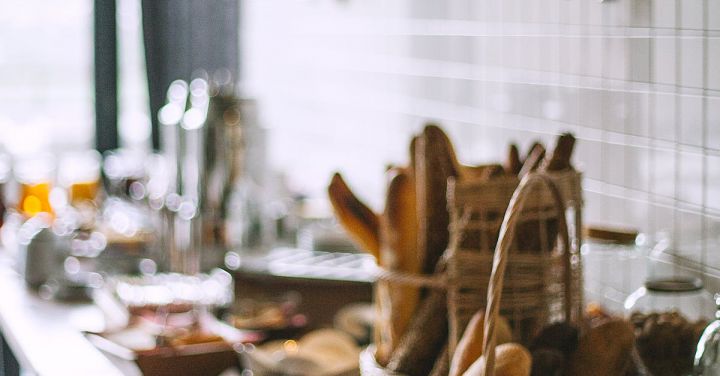How to Present Food at a Culinary Demonstration?

Culinary demonstrations are a great way to showcase your skills and engage with an audience. However, it is not just about the food itself; presentation plays a crucial role in creating a memorable experience. In this article, we will explore some tips on how to present food at a culinary demonstration effectively.
Understanding the Audience
Before diving into the presentation, it is essential to understand the audience you will be catering to. Take into consideration their preferences, dietary restrictions, and cultural backgrounds. This will allow you to tailor your presentation accordingly, ensuring that everyone feels included and engaged.
Choose the Right Plating Techniques
Plating techniques can elevate the overall visual appeal of your dishes. Experiment with different styles such as the classic, modern, or rustic approach, depending on the theme of your culinary demonstration. Consider the size and shape of the plate, the use of negative space, and the arrangement of the components. Aim for a balance of colors, textures, and heights to create an eye-catching display.
Garnish with Purpose
Garnishing is not just a decorative element; it serves a purpose. Use garnishes to enhance the flavors, add a pop of color, or provide a textural contrast. Fresh herbs, edible flowers, microgreens, or even a drizzle of sauce can transform a dish from ordinary to extraordinary. Remember to keep the garnish complementary to the overall flavor profile of the dish.
Utilize Color Psychology
Colors have the power to evoke emotions and influence our perception of taste. Use this to your advantage by incorporating a variety of vibrant colors in your presentation. For example, red and orange hues are associated with excitement and energy, while green and blue shades convey a sense of freshness and calmness. Experiment with different color combinations to create visually appealing dishes that stimulate the appetite.
Pay Attention to Plating Tools
The tools you use to plate your dishes can make a significant difference in the overall presentation. Invest in high-quality utensils such as tweezers, offset spatulas, and squeeze bottles to achieve precision and finesse. These tools will allow you to create intricate designs, precise drizzles, and delicate arrangements that will impress your audience.
Practice Mise en Place
Mise en place, a French term meaning “everything in its place,” is a fundamental principle in the culinary world. Before your culinary demonstration, ensure that all ingredients, utensils, and equipment are organized and readily accessible. This will not only streamline the presentation process but also demonstrate your professionalism and preparedness to the audience.
Tell a Story
Food is more than just sustenance; it is an art form that tells a story. Incorporate storytelling elements into your culinary demonstration to captivate your audience. Share the inspiration behind the dish, the cultural significance, or any personal anecdotes related to the recipe. This will create a deeper connection with the audience and leave a lasting impression.
Conclusion: Leave a Lasting Impression
Presenting food at a culinary demonstration is an art that requires attention to detail, creativity, and a deep understanding of your audience. By focusing on plating techniques, garnishing with purpose, utilizing color psychology, paying attention to plating tools, practicing mise en place, and incorporating storytelling elements, you can create a memorable experience that will leave a lasting impression. So, go ahead and showcase your culinary skills with style and flair!